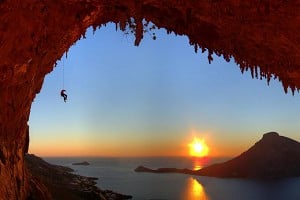
Do you enjoy clipping bolts in the sun? Do you regularly complain about glassy polish at your favourite Spanish sport crag? Do you find yourself craving something off the beaten track, fresh, more adventurous? Then maybe Akchour, Morocco is for you!
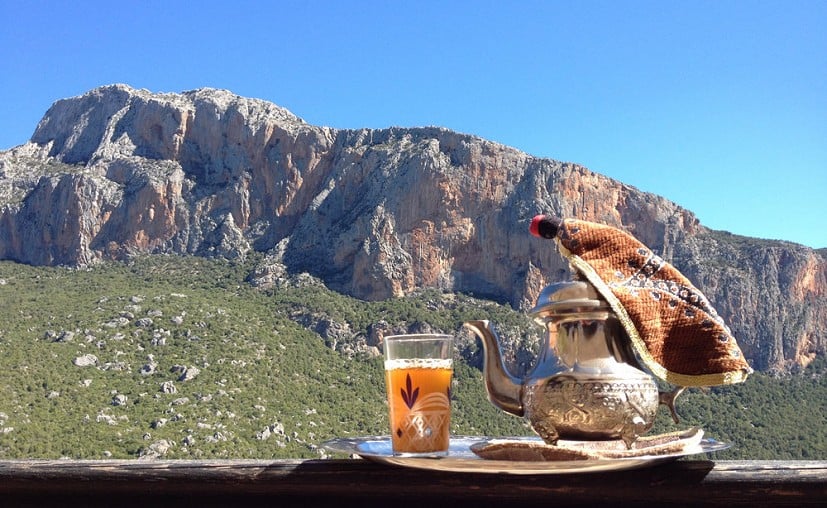
Located in the rolling foothills of the Rif mountains in the north of Morocco, Akchour offers a wild and undiscovered playground for the multi-pitch sport climber. With 400m of dripping tufas on a leaning orange wall, the climbing feels airy and exposed. Currently there are around 15 full height equipped routes and more than twice that if you include the adventurous trad/semi-equipped lines. This leaves huge potential for new routing of all styles and difficulties. Whilst the main attraction is the multi-pitch, there are also many good quality single-pitch bolted sectors, over a wide range of grades.
The Climbing
As you drive the winding road up into Rueda, the first glimpse of the cliff is sure to set any climber's heart racing. Huge faces of tufa-drenched overhanging orange limestone separated by sections of slabbier compact grey rock. Despite its obvious appeal to climbers, the climbing in Akchour has all been developed within the last ten years. The walls have a fresh, untouched feeling, with great friction but no chalk to guide you and sometimes vegetation in cracks and on ledges.
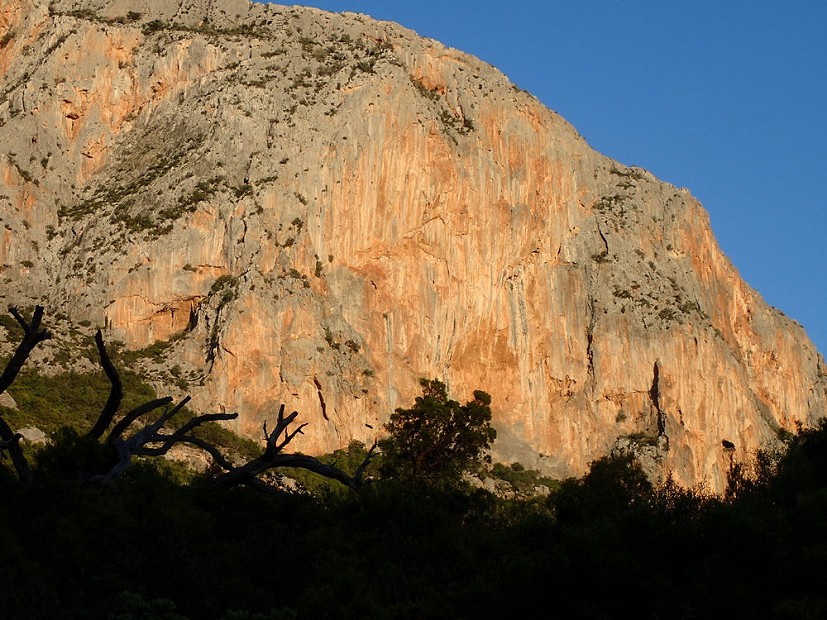
All of the multipitch is on the west-facing Caiat, which sits directly across the valley from the tiny village of Rueda. The wall varies from 200 to 400 metres in height. From the village it takes between one and two hours to hike down to the river and up the opposite hillside to the cliff. Most of this is on faint trails, if you stray from the path expect spiky bush-whacking...Most of the equipped routes are between 7a and 8a, with a couple of easier ones. The trad and semi equipped lines range from 5+ to 7a+. With big routes, big approaches and bigger descents, be prepared for long days. The rock quality is generally excellent, with occasional sections of looser more blocky rock, particularly towards the top of the cliff.
Most of the single pitch is close to the road, either walking distance from Rueda or a short hitch-hike/drive away. Perfect for more relaxed days between bigger objectives. There are many sectors in the easier grades with a handful of harder crags. Be sure to climb the "Panabdul" tower (6a) and sign the summit book! The best harder crag is sector Kozy, which has some quality high 7s and low 8s.
We were mostly attracted by the long, harder sport routes on offer. These are some of our recommended routes:
Africa 7a+ 450m – The classic of the crag ascending the biggest part of the wall. A sustained first section at about 7a for 6 pitches followed by an easier second half on compact slabby grey rock. These two are separated by the "Terrace of the Monkeys," keep an eye on your lunch! Very friendly bolting on the harder pitches (6b obligatory).
Sahara 7b 300m – Sustained at 7a to 7b for six long pitches, up an immaculate face of gently overhanging orange rock, awesome!
Le Zahir 7b 250m – Some tricky Verdon-esque slab/vert climbing with spaced bolts, great rock the whole way. Stiff grading, don't expect the 6b pitches to be a breeze...
Taghazout 8a 300m – The current hardest of the bunch, bolted in 2014. The 8a pitch is like an overhanging Quarryman Groove, get creative with your tufa stemming! Some easier but looser pitches towards the top add spice.
Logistics
When to Go
Prime climbing season is November to March. Nights can be chilly in mid winter but daytime temperatures are ideal for climbing. April and October things start to heat up and high summer can be unbearable, up to 45ºC.
The main wall Caiat is west facing, so gets the sun late morning until sunset. Most of the single pitch is east facing with early morning sun.
Getting there
Fly to either Tangier (closer), Rabat or Casablanca (cheaper). From there, you can either hire a car or take public transport to the village of Rueda. Whilst a car isn't needed for reaching the climbing once in Rueda, it will greatly improve your flexibility in terms of buying groceries or exploring the surrounding area.
If you opt to go by public transport, you can take a bus to the town of Chefchaouen from any of the major cities. From there take a shared taxi (very common in Morocco) for the 25-minute journey to Rueda. We payed 30Dh (3 euros) per person.
Accommodation Advertise here
No Premier Listings found in this area
Most climbers stay at Cafe Rueda, a restaurant come guest house owned by an extremely friendly and somewhat intense man named Abdul. Rooms are clean, showers are hot and the food is tasty. Meal options vary between tagine, tagine or tagine and all are delicious. Room prices vary depending on your haggling ability and how Abdul is feeling on the day. We payed 150Dh (15 euros) a night for a double room in March.
If you're feeling flush there is a fancy 4 star hotel in Rueda. Or take the dirtbag option, buy a coffee and sit on the wifi connection for most of a rest day!
There is plenty of wild camping opportunities down by the river. For the second half of our visit we bivvied under the extremely overhanging sector Rakev. Be careful with your valuables and try not to draw attention from locals.
Guidebooks
An excellent and comprehensive new guidebook has been published this year (2016). It is available in French at Cafe Rueda for 20 euros, supposedly a Spanish version is also on the way. To complement this, a haphazard collection of hand-drawn topos, photos and maps is kept in two ring-binders at Cafe Rueda.
Instructor/Guides Advertise here
No Premier Listings found in this area
Outdoor Shops Advertise here
No Premier Listings found in this area
Food and Water
Grocery shopping in Rueda is extremely limited, as we discovered to our dismay upon arrival. Five days of bread and jam was somewhat miserable... stock up en-route. Things that are available in Rueda: bread, fresh eggs, limited seasonal vegetables, bread, cookies, bread, jam and bottled water...
Sterlise all tap water and even "drinkable" water from springs unless you are sponsored by Imodium, we drank bottled water to be safe.
Rest Day Activities
Akchour village is 6km away and has a popular hike up a scenic canyon to a beautiful waterfall, around 7km (2 hours) each way.
Chefchoauen (25km) is a famous tourist destination with a quaint old town and market (the Medina), known for its blue walls and narrow winding pedestrian streets.
Oued Laos (28km) sits on the Mediterranean with a nice sandy beach and a completely insane local market (Monday, Wednesday, Thursday and Saturday), well worth checking out.
Morocco General Beta
Many visitors to Morocco suffer from varying degrees of stomach problems caused by bad food or water. It's really worth being careful; "boil it, cook it, peel it or leave it." Also... bread! If you're planning on spending a while in Morocco it might be worth bringing some multivitamins as the diet can be rather same-y.
Expect hassle in cities. People will try to sell you stuff you don't need for ridiculous prices. Keep a relaxed, friendly attitude and politely decline. Be sure to haggle on any purchase you do make, except food.
People will attempt to rip you off at every opportunity. They aren't necessarily being rude, it just seems to be the way things work. Double check bills for extra items or "mistakes" in arithmetic.
This is a Muslim country. Girls should try to wear non-revealing clothing in public, long sleeves and long trousers.
Shared taxis are a very common means of travel, even for long distances. A "grand taxi" fits 6 passengers and they depart once they are full. Make sure you find out how much you are expecting a journey to cost before you approach the taxi rank.

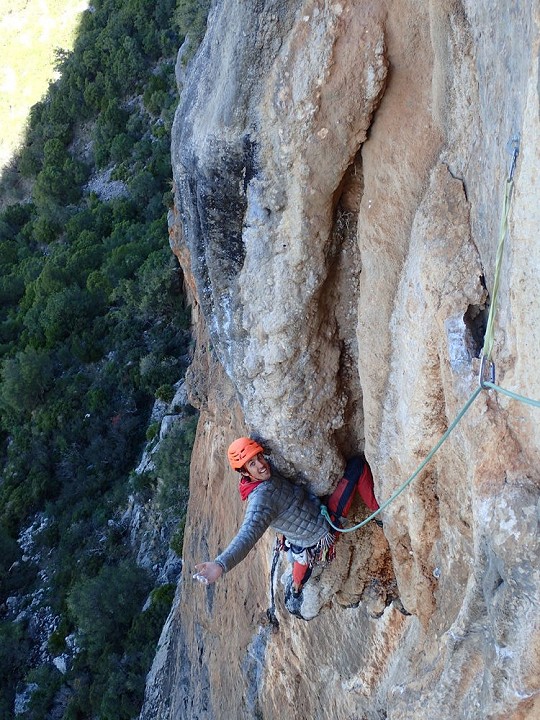
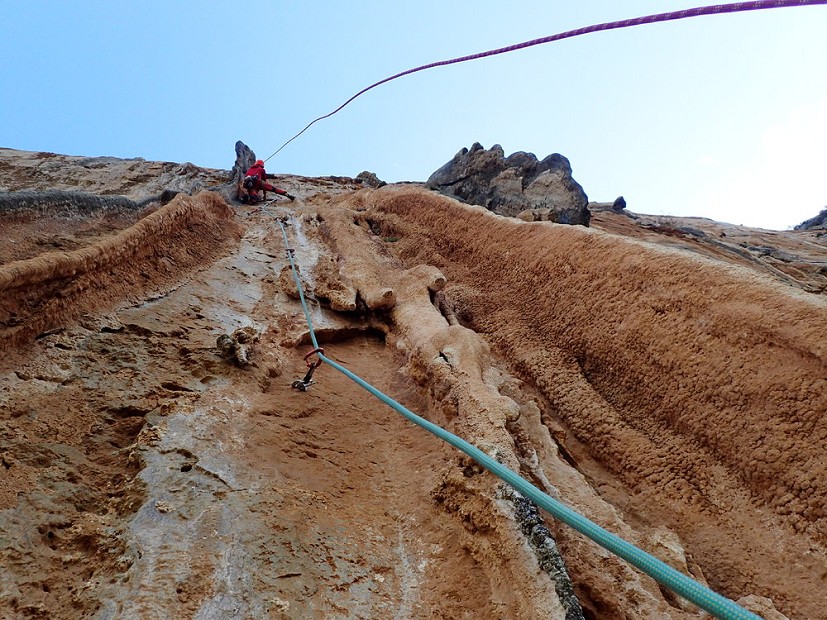
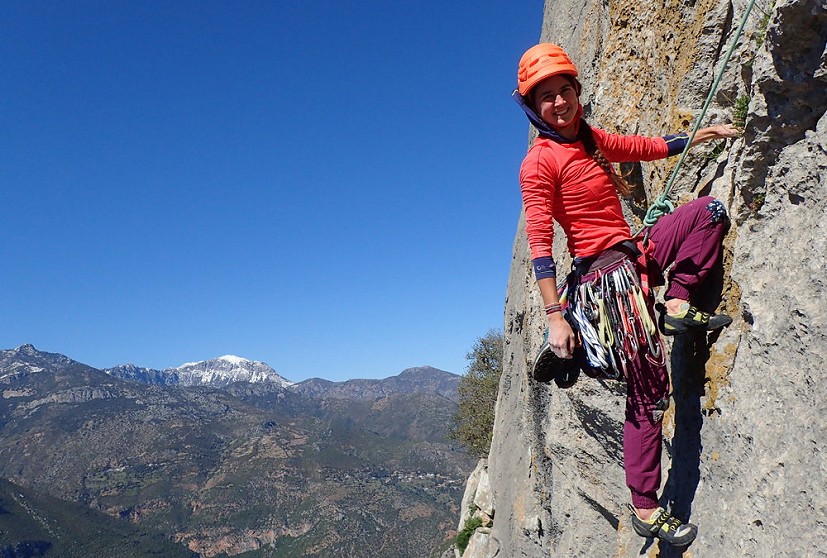
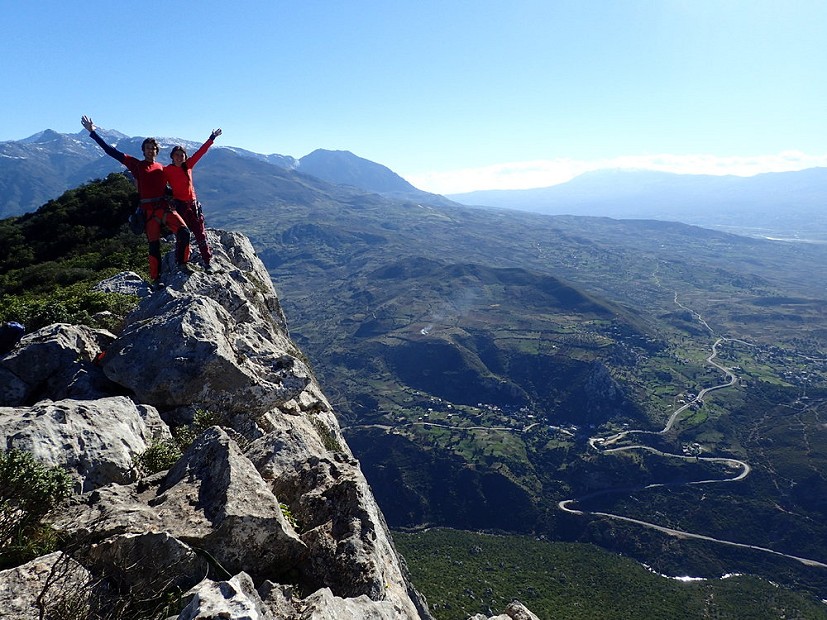
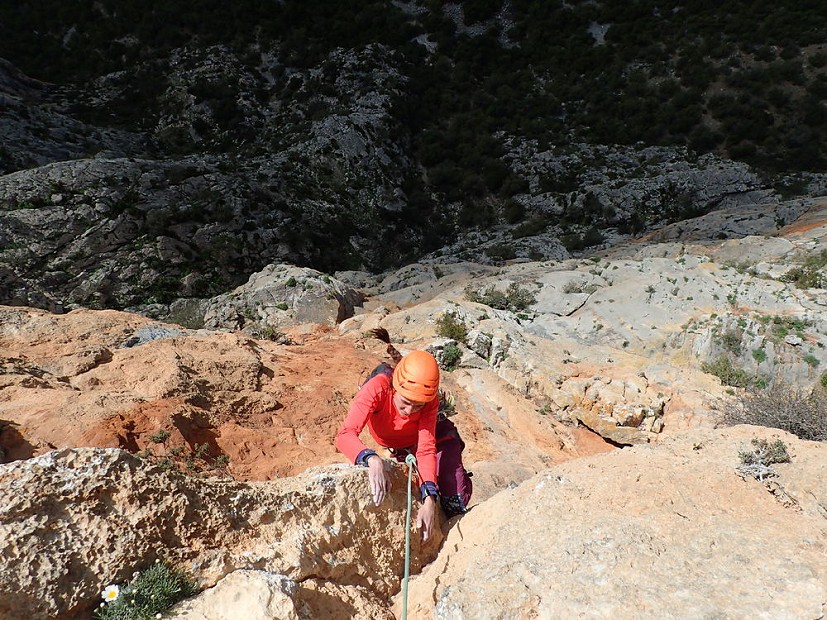
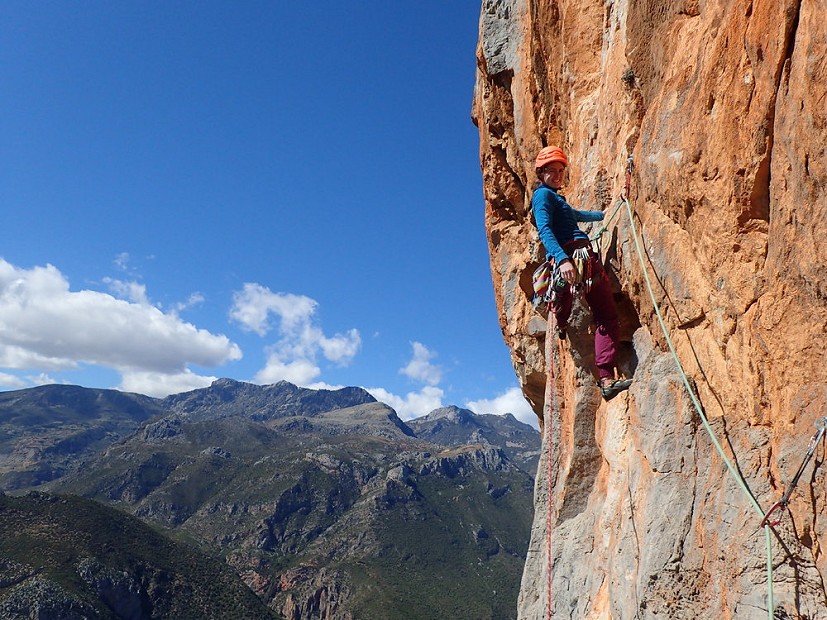
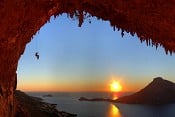


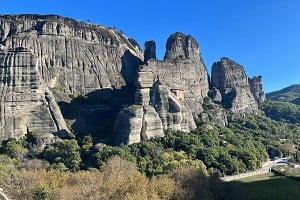
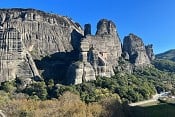



Comments